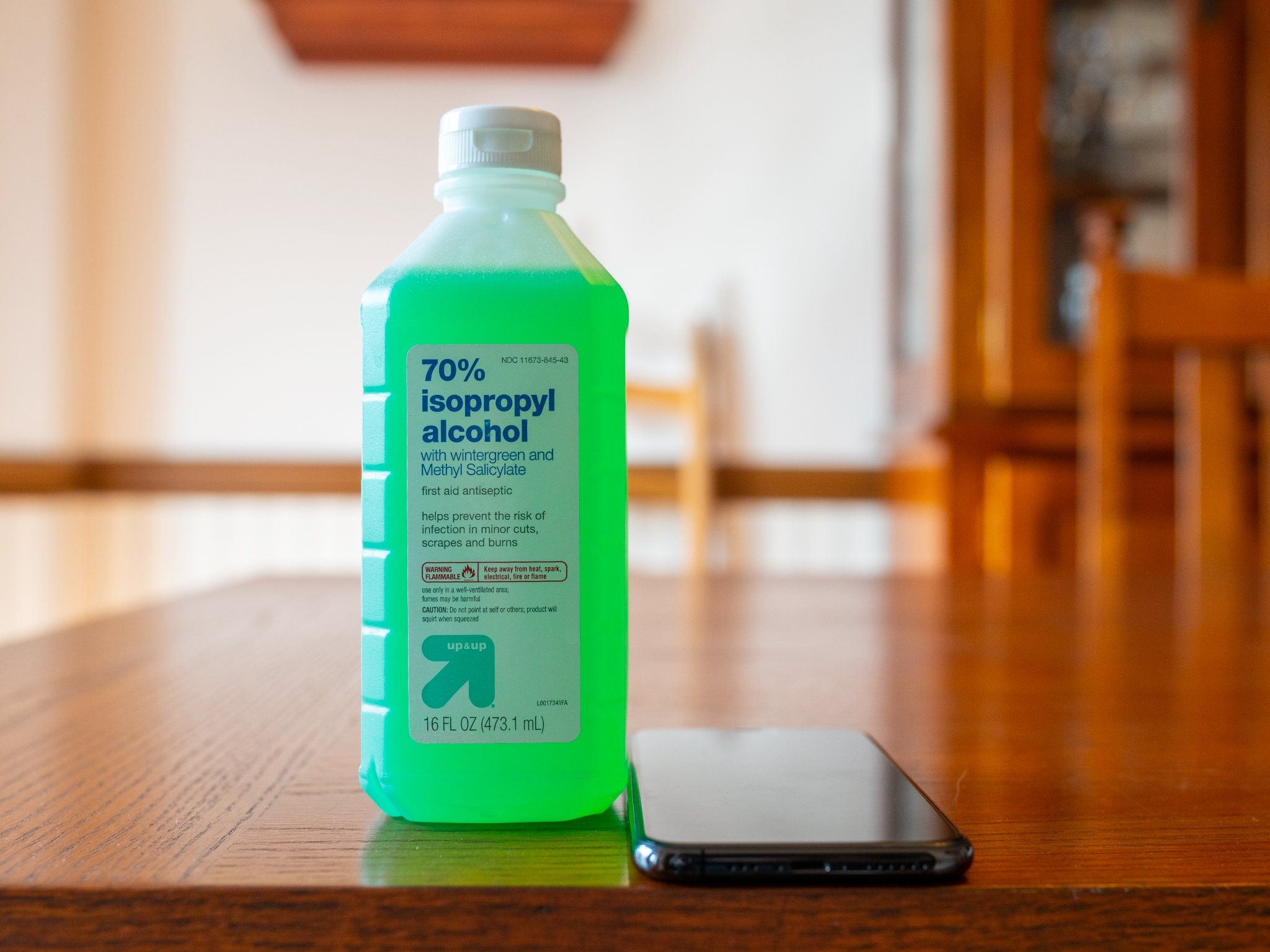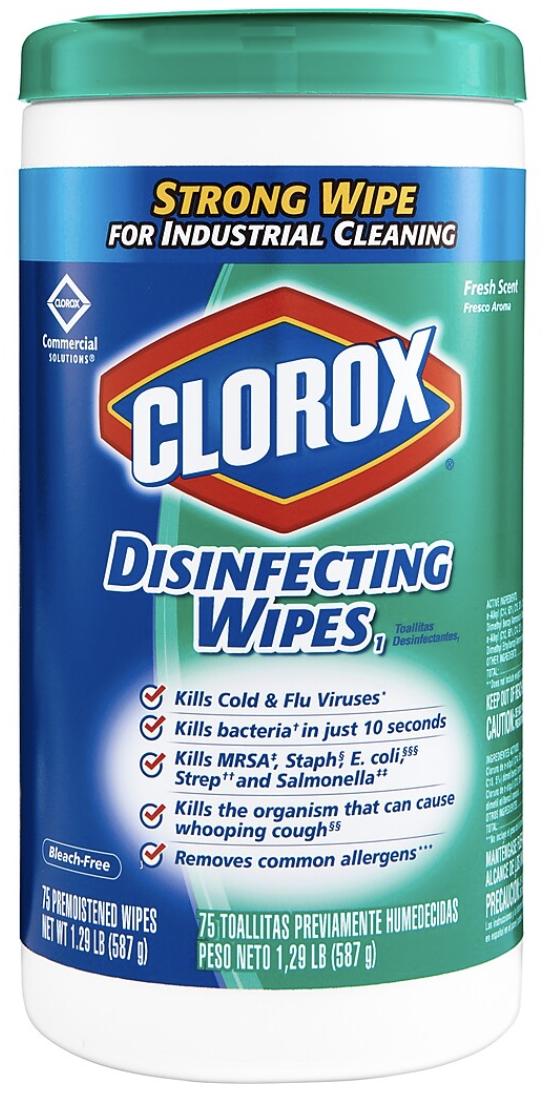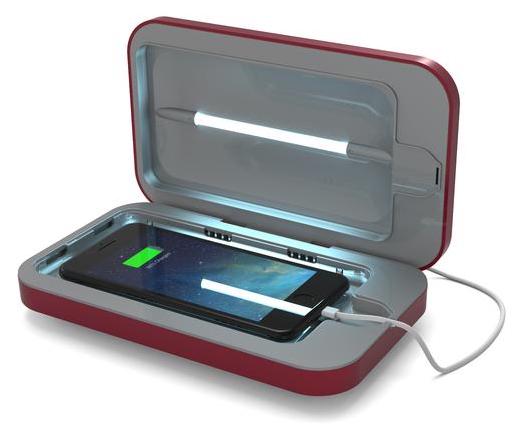If you want to disinfect your phone do not use these household clearers

If you're reading this, chances are you use your smartphone every day. You put your hands all over it or bring it up to your face to make a call. With the recent coronavirus (COVID-19) outbreak, it would be reasonable to look for ways to keep your phone as clean as possible. But you have to be careful in what you use to clean your phone and other devices.
The CDC, for instance, recommends using bleach-related cleaners to disinfect your home. These are things like Lysol or Clorox, and these items are for cleaning things like kitchen surfaces or household products. But bleach-based products, while great for disinfecting, present problems for phones and other electronics, such as damaging the oleophobic coating on the screen.
Instead, there are other ways that you can go about cleaning your phone that minimize damage. Here's what you can do.
First, avoid bleach
You'll want to avoid bleach-based cleaners. Lysol, Clorox, and other products like them will break down the oleophobic coating on your iPhone's display. This coating minimizes the appearance of fingerprints. Additionally, all cleaners can be damaging if they get inside of your phone, so be aware of that, as well.
If you're looking for a liquid cleaner for your iPhone, you might want to try isopropyl alcohol.
Isopropyl alcohol
Isopropyl alcohol is an effective disinfectant, and one of the main ingredients that you should have in any iPhone cleaning kit. It's a gentler alternative to bleach cleaners that still does the job of disinfecting your device.
That's not to say that isopropyl alcohol won't damage the oleophobic coating on your phone, because it definitely will. It won't be as harsh as something like Clorox, but you still need to use it with caution. It works best if used with something like a cotton swab, which can be dipped in the alcohol and then wiped more surgically around the smaller edges of your phone, like the side buttons and the edges of the screen.
iMore offers spot-on advice and guidance from our team of experts, with decades of Apple device experience to lean on. Learn more with iMore!
Apple suggests Clorox Disinfectant Wipes
Cupertino has recently updated its suggestions for cleaning Apple products, which includes information on both isopropyl alcohol and Clorox Disinfecting Wipes (or something similar).
The company explains:
Using a 70 percent isopropyl alcohol wipe or Clorox Disinfecting Wipes, you may gently wipe the hard, nonporous surfaces of your Apple product, such as the display, keyboard, or other exterior surfaces. Don't use bleach. Avoid getting moisture in any opening, and don't submerge your Apple product in any cleaning agents. Don't use on fabric or leather surfaces.
But still be careful about wipes
Cleaning wipes, even alcohol-based ones, really aren't suited for cleaning electronics. It's like painting with too broad a brush if you do. The alcohol, as well as the friction caused by wiping your phone, will definitely damage the screen if you use a wipe there. Generally, pre-treated wipes should be avoided.
PhoneSoap
Ultraviolet rays have a demonstrated ability to kill viruses, which is what COVID-19 is. But it doesn't matter whether you're worried about COVID or the common cold, a UV-based cleaner can help you do it.
PhoneSoap is a UV-based phone cleaner that lets you that's great at keeping your phone germ- and virus-free. Because it uses UV-C light, it can get into the little crevices that other cleaners can't go.
PhoneSoap looks kind of like a small lockbox. You open it up, place your phone inside, then it starts up automatically. Once the cleaning cycle begins, it only takes a few minutes to finish the process (you can tell when it's done because the lightning bolt stops glowing). PhoneSoap claims that it gets 99.99% of germs, and it should have similar results with viruses.
And it's not just great for phones: watch bands, AirPods, even the Apple Watch itself, they can all go in there for a good cleaning.
Additionally, PhoneSoap also works as a charger for your phone. Just plug in your cable to the charging port, then into your phone, and the cable will rest in the cutout inside of PhoneSoap. More expensive models also feature wireless charging.
Our own Lory Gil tested PhoneSoap out, and she thinks it's pretty great.
Your tried and true techniques?
Do you have any particular tips for keeping your iPhone clean? Anything in particular that you try and avoid? Let us know in the comments.
Joseph Keller is the former Editor in Chief of iMore. An Apple user for almost 20 years, he spends his time learning the ins and outs of iOS and macOS, always finding ways of getting the most out of his iPhone, iPad, Apple Watch, and Mac.



